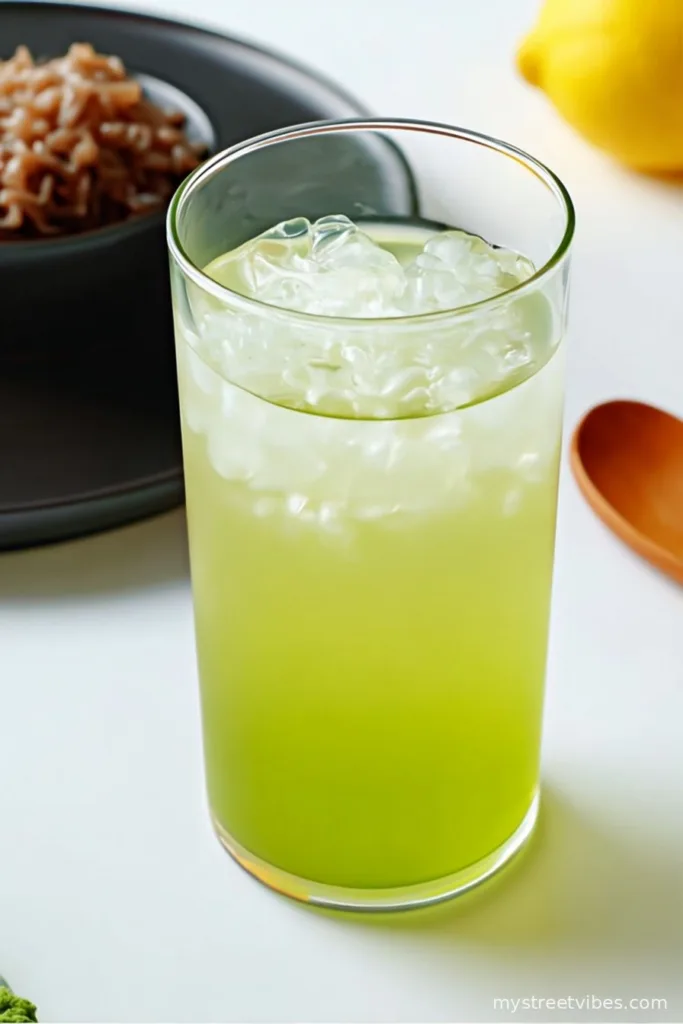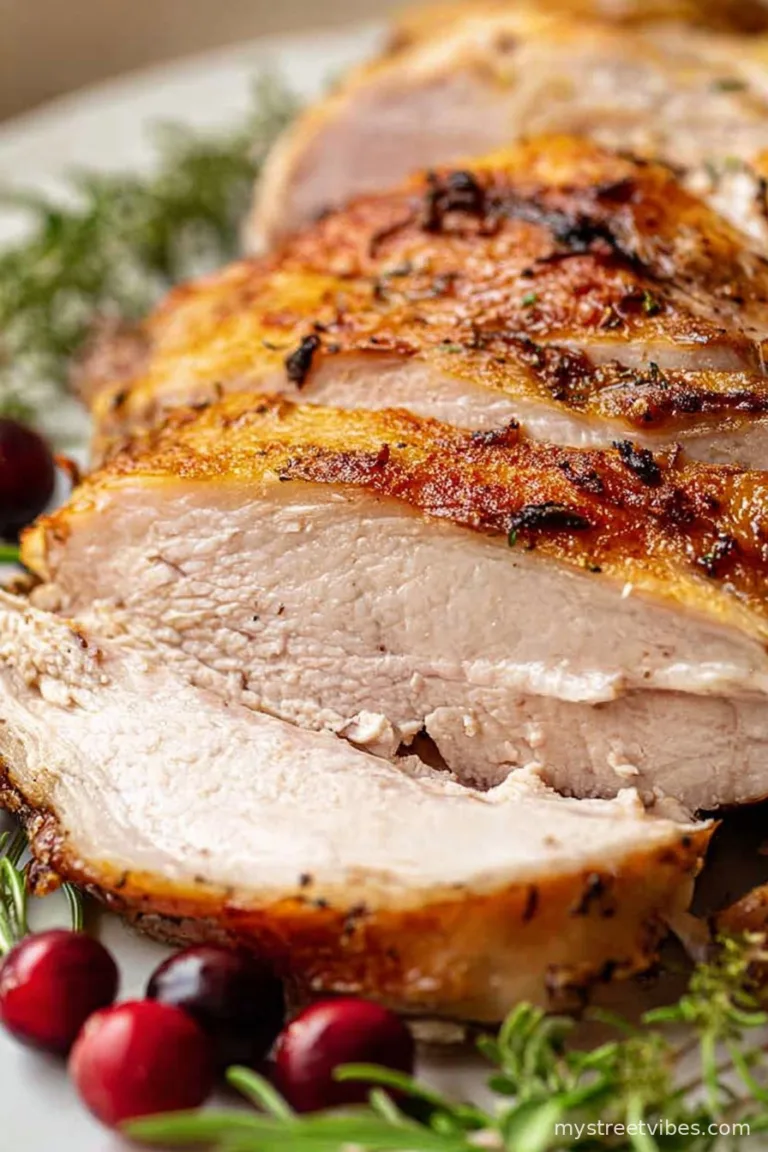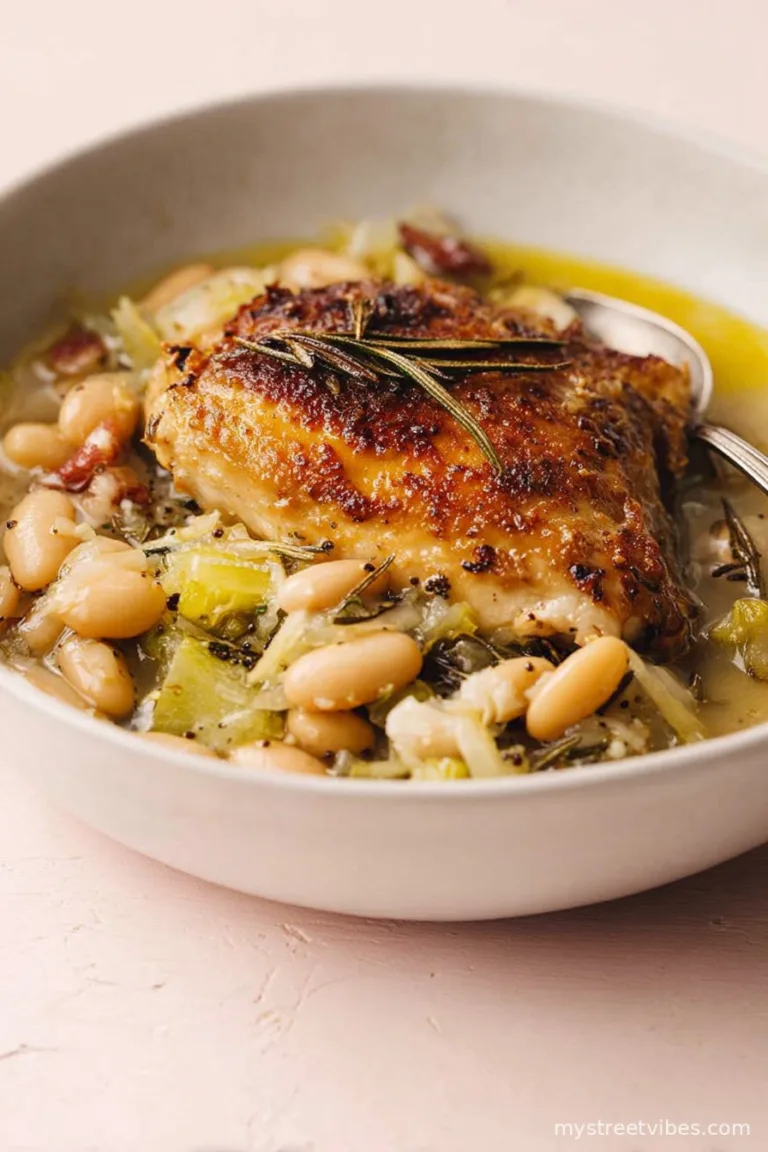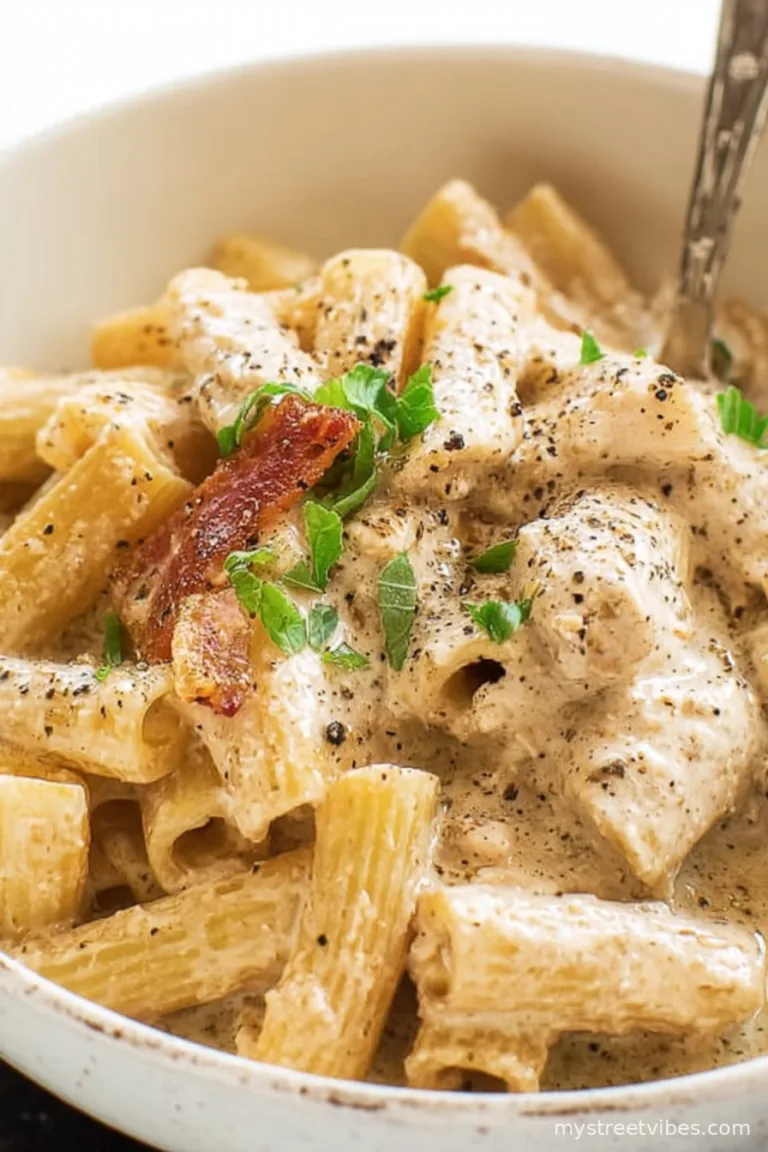Let’s Talk About Japanese Mounjaro (And My Dance with Disaster)
Hey there! Pull up a chair—I’ve got a story for you (and a recipe, but that comes later). Japanese Mounjaro is one of those dishes I stumbled into kinda by accident during a phase when I was on a wild kick to recreate street foods from around the globe. A friend handed me a fuzzy note with half the instructions in Japanese, and let’s just say my first attempt turned out more like a science experiment gone sideways than dinner. But something about the flavors—cozy, savory, and just a tiny bit mysterious—got stuck in my head. I kept tinkering, wrangling with the ingredients, and now, this is one of the things I whip up when I want to show off (just a smidge) or need comfort food with a twist. Anyway, enough gabbing; you’re here for the food.
Why I’m Always Making This—And You Might Too
I pull this out mostly when I want something both fun and filling, or let’s be real, when I’ve bought cabbage and then forgotten what I was planning to do with it (doesn’t that always happen?). My family can’t get enough of it; the first time I made it right, I thought they might lick the plates. The appeal? It’s got that comforting, almost pancake-like feel but with way more flavor going on. Sometimes, though, I do grumble at how the batter can be finicky—my best advice is not to overthink it (even if that goes against every cooking show out there).
The Stuff You’ll Need (Substitutions Welcome!)
- 2 cups shredded cabbage (any will do—Napa is classic but green cabbage works, and one time, I even tried kale, not bad honestly)
- 1 cup all-purpose flour (I’ve snuck in gluten-free mixes and they didn’t protest)
- 2 eggs (though I’ve swapped one for flaxseed mix and it sorta worked—was a bit gummy though)
- 2/3 cup dashi stock (can use veggie broth, or water plus a sneaky dash of soy sauce—my grandma would probably have a fit)
- 1/2 cup thinly sliced green onions (plus a little extra for throwing on top when you’re feeling fancy)
- 1/2 cup tempura bits (tenkasu, totally optional but gives a lovely crunch—if you have rice crispies, same vibe in a pinch)
- 6-8 thin slices pork belly or bacon (or just skip it for a veggie version, or use mushrooms, which surprisingly work great)
- Okonomiyaki sauce or a dash of Worcestershire with ketchup mixed in (sounds weird; tastes right)
- Kewpie mayo (or any mayo, but Kewpie is worth hunting down—I order from here sometimes)
- Bonito flakes and nori strips for topping (optional but wow, they make it dance)
Alright, Here’s How It All Comes Together
- First off, get out a big bowl because no matter how small I try to go, the cabbage takes over. Toss your cabbage, flour, and a pinch of salt—just swirl it all together with your hands.
- Crack in the eggs, pour in your dashi (or whatever liquid you managed), and mix. It’ll look way too thick for a moment, then suddenly it comes together—don’t panic. Actually, it works better if you let it sit for a few minutes while you tidy up.
- Stir in green onions and those crunchy tempura bits if using. This is usually where I sneak a taste (not raw eggs, don’t worry!), just to check the mix.
- Preheat a nonstick pan on medium and grease it (I once skipped this. Bad idea. Pancake stuck like superglue.)
- Spoon half the mixture into the pan and shape into a thick, round mound—impressively named “mounjaro” because it honestly looks like a mountain at this stage.
- Lay slices of pork belly (or whatever) on top of the pancake. Cover and cook for 6-7 minutes. Don’t worry if it’s a bit messy—Mounjaro loves to be rustic.
- Here comes the tricky part; flip the whole mound. If anything falls off, just tuck it back in—no harm done. Cook another 5-6 minutes. Poke the middle with a chopstick (or toothpick) to check doneness.
- Slide onto a plate (hopefully in one piece) and drizzle with okonomiyaki sauce and mayo. Sprinkle with bonito and nori if you’re feeling legit.
- Repeat if you’ve still got batter left, or, sometimes I just make a monster-sized one. Sue me.
A Few Notes Only Experience Teaches
- I used to chop my cabbage too fine, and it turned to mush, so now I go for bigger shreds—more bite, way better.
- Chilling the batter for 10 min helps it hold together, but I rarely wait that long. If you do, it is easier to flip, though.
- Try not to make the pancake too thick if you’re not confident with flipping—I’ve lost a couple to the floor. Oops.
Things I’ve Tried (One Was Honestly Kind of Weird)
- Once, I added some kimchi into the batter—turned out punchy and spicy, definitely recommend for bold souls.
- Swapped pork for sautéed shiitake mushrooms and a dash of sesame oil—maybe better than the original, but don’t tell my in-laws.
- Tried cheddar instead of mayo on top. Not my brightest moment. Maybe skip that twist unless you’re craving fusion confusion.
What If You Don’t Have the Fancy Tools?
A nonstick skillet is dreamy, but I’ve used a regular old frying pan with a bit more oil and a big ol’ spatula (or two) to help flip—and yes, sometimes I use a plate as my flipping assistant. My point is: don’t let gear slow you down.

Will This Keep? (Depends Who’s Asking…)
You could store leftovers covered in the fridge for a day or two—maybe even three, but honestly, in my house there’s a disappearing act with these. If you do have leftovers, a quick reheat in a pan brings them back to life, crisp edges and all. Microwave is okay, but loses that crunch.
How I Like to Serve Mounjaro (And You Can, Too)
We always serve this cut into wedges, almost like a savory cake, with extra sauce on the side, maybe a squeeze of lemon (don’t knock it till you’ve tried it). And occasionally—usually when I’m trying to impress—we’ll have miso soup and edamame alongside. But sometimes it’s just the pancake, and that’s plenty.
Stuff I Wish Someone Had Told Me (aka Pro-Tips from the Trenches)
- I rushed the flipping step once and the whole mound just sort of… exploded. Let it cook fully on the first side. Trust me.
- If you’re worried about your pancake splitting, slide it onto a plate to flip it upside down, then slide it back in the pan. Pro move, but honestly more plates to wash, so use your own judgement.
- Too much sauce on top makes it soggy, so be gentle. I’ve overdone it more times than I care to mention.
FAQ—Because You’ve Actually Asked
- Can I make this gluten free? Sure thing! Just grab your go-to gluten free flour mix (I’ve tried Bob’s Red Mill, works fine) and double check your sauces. Actually, I’ve forgotten to do that bit once, oops.
- What if I don’t have dashi? Veggie broth, chicken broth, or even water with a splash of soy sauce will do the trick—don’t sweat it.
- Can I add extra veggies? You bet, but don’t go too wild or the batter can’t hold it together (learned that when I tried stuffing carrots, corn, and spinach in one go). Maybe stick to a handful or so.
- Is there a shortcut for the sauce? I just mix equal parts of ketchup and Worcestershire sometimes, and honestly, nobody notices!
- I’m nervous about flipping. Any advice? Honestly, don’t overthink it. Worst case, it falls apart and you call it Mounjaro scramble! Still tastes great.
So there it is, my not-too-fancy, heart-on-the-sleeve recipe for Japanese Mounjaro. If you’re curious about more Japanese home cooking, I adore browsing through Just One Cookbook’s tips. Now, go on—make a mountain of flavor. And if you end up with flour in your hair, just call it a badge of honor.
Ingredients
- 4 boneless skinless chicken thighs
- 1/3 cup soy sauce
- 2 tablespoons mirin
- 1 tablespoon sake
- 1 tablespoon sugar
- 2 teaspoons freshly grated ginger
- 2 cups cooked Japanese short grain rice
- 1 cup sliced scallions
- 1 cup shredded carrots
- 1 tablespoon sesame seeds
- 1 tablespoon vegetable oil
Instructions
-
1In a medium bowl, combine soy sauce, mirin, sake, sugar, and grated ginger to create the marinade.
-
2Add chicken thighs to the marinade. Cover and refrigerate for at least 15 minutes.
-
3Heat vegetable oil in a large skillet over medium-high heat. Remove chicken from marinade (reserve marinade) and sear on both sides until golden brown and cooked through, about 7-8 minutes per side.
-
4Pour reserved marinade into the skillet and simmer for 2-3 minutes until slightly thickened and the chicken is coated with the glaze.
-
5Slice the chicken and serve over bowls of steamed rice. Garnish with sliced scallions, shredded carrots, and a sprinkle of sesame seeds.
Approximate Information for One Serving
Nutrition Disclaimers
Number of total servings shown is approximate. Actual number of servings will depend on your preferred portion sizes.
Nutritional values shown are general guidelines and reflect information for 1 serving using the ingredients listed, not including any optional ingredients. Actual macros may vary slightly depending on specific brands and types of ingredients used.
To determine the weight of one serving, prepare the recipe as instructed. Weigh the finished recipe, then divide the weight of the finished recipe (not including the weight of the container the food is in) by the desired number of servings. Result will be the weight of one serving.
Did you make this recipe?
Please consider Pinning it!!







